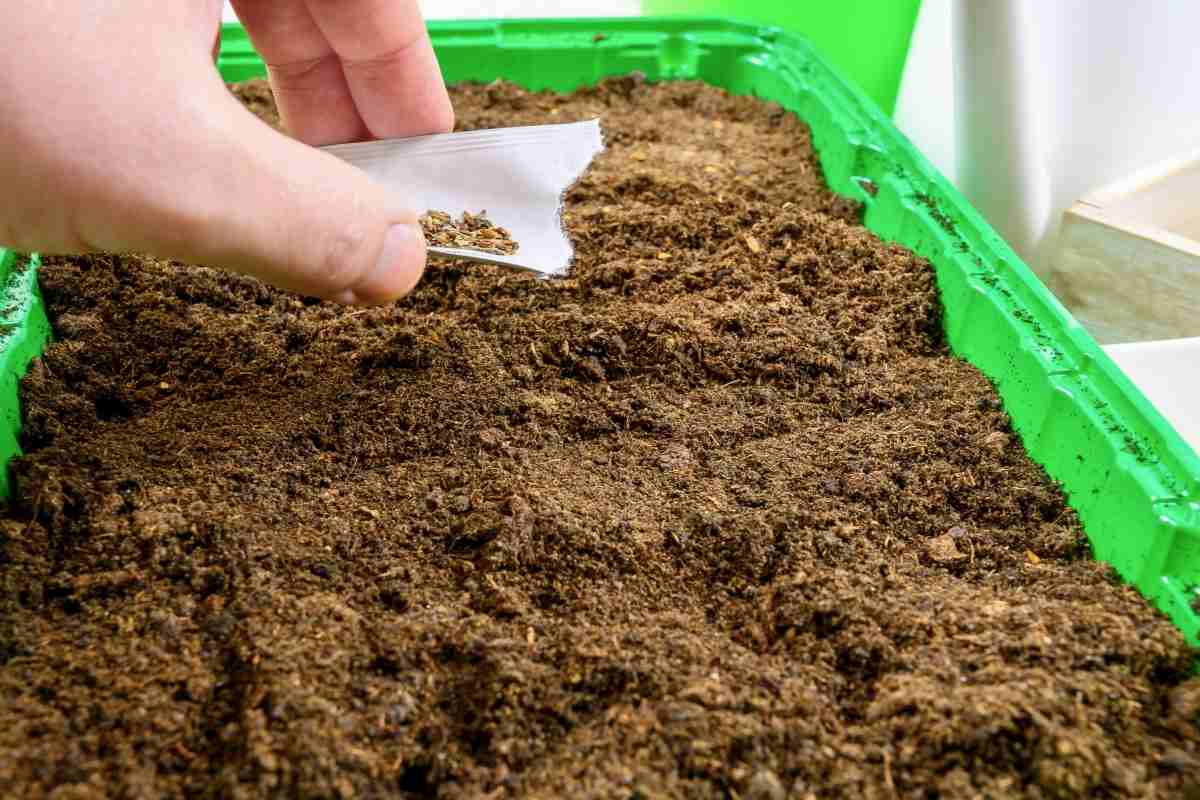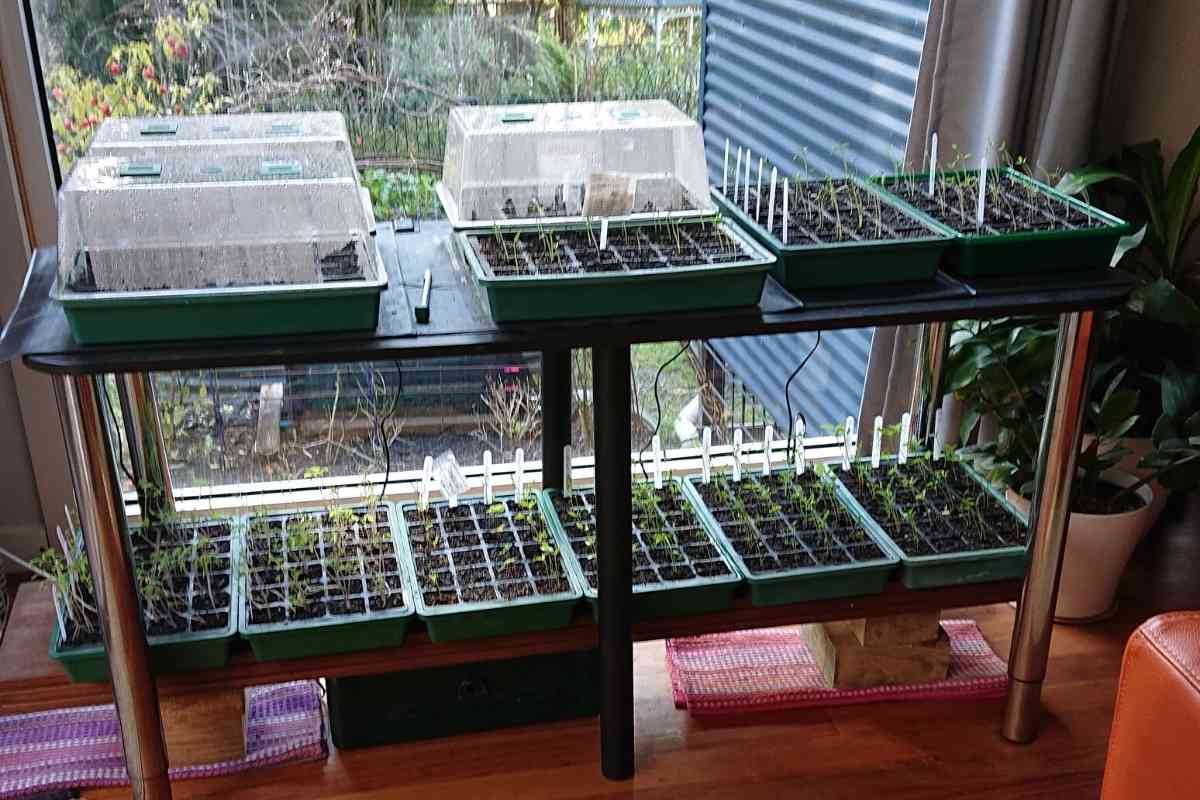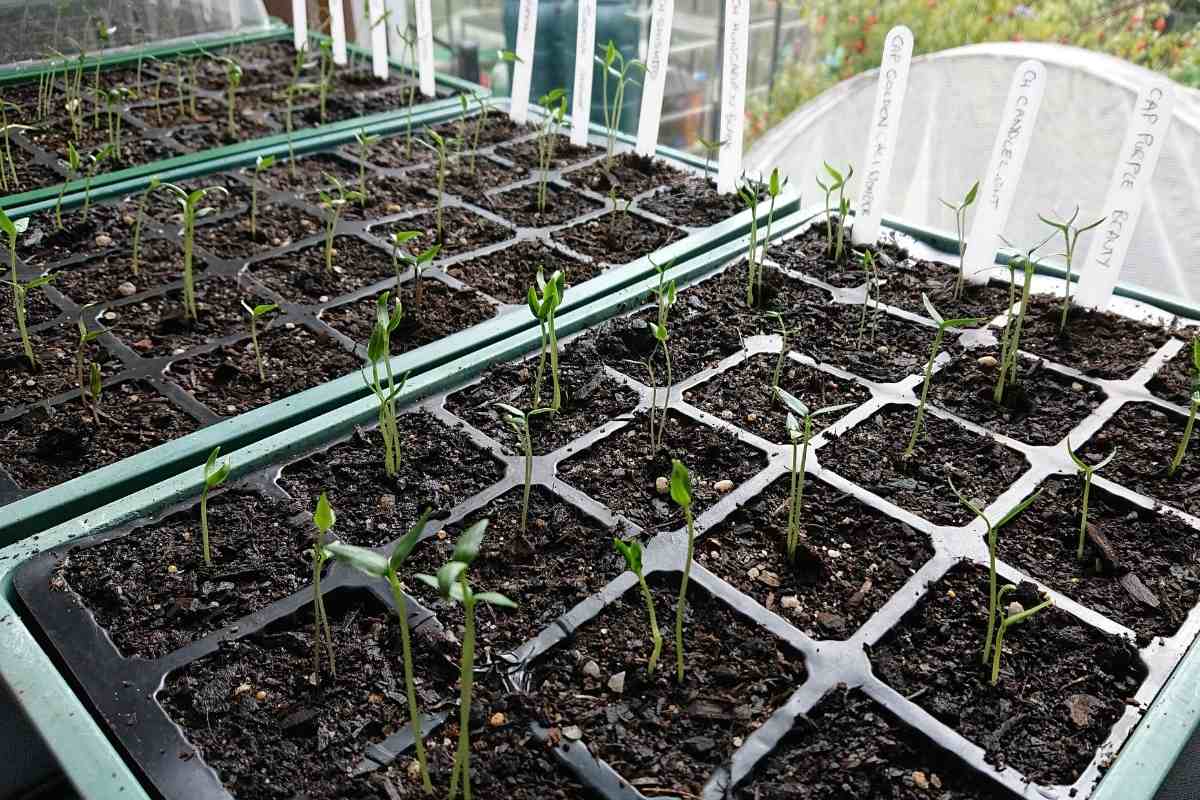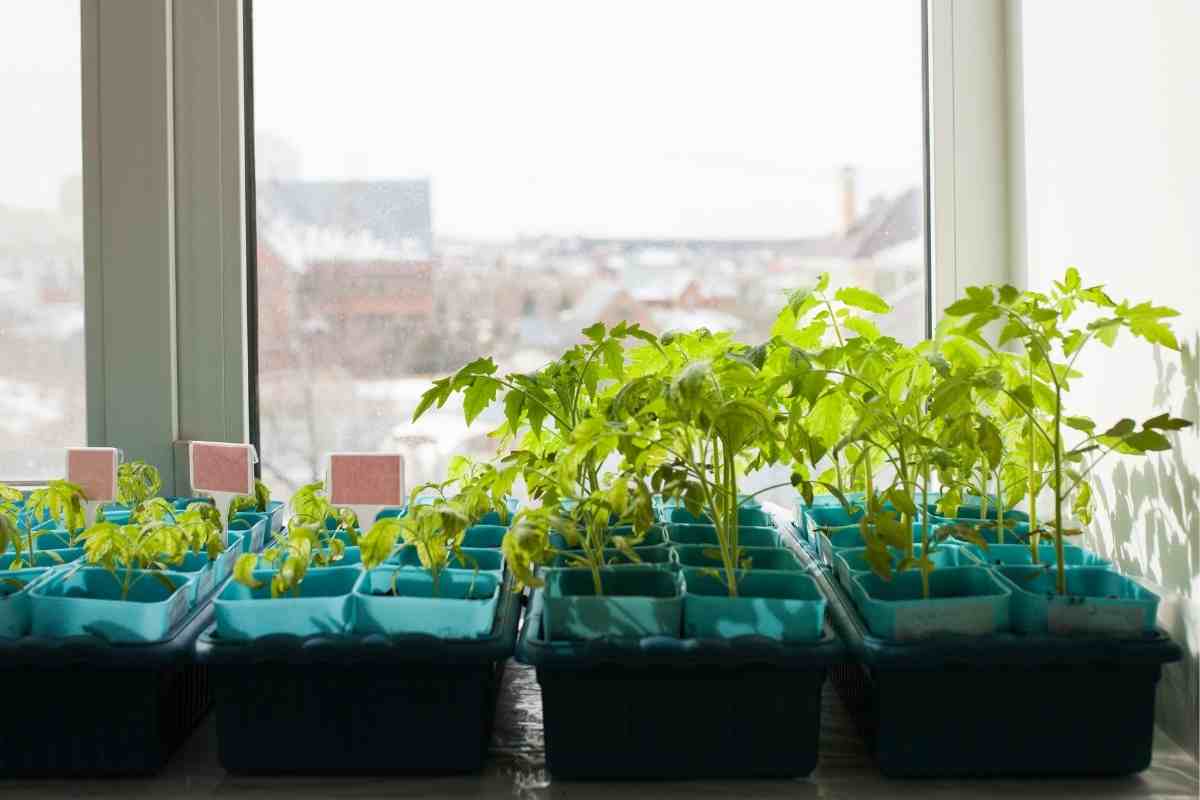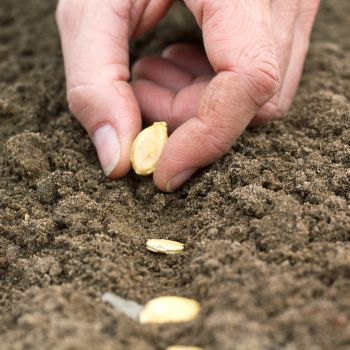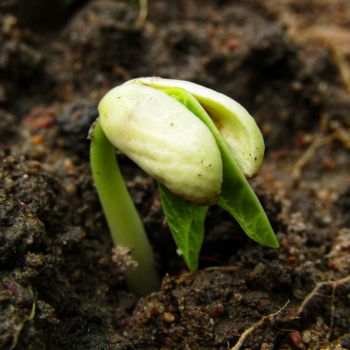As winter recedes and the days slowly get warmer, it's common for a keen gardener's windowsills to fill up with germinating seeds. There's more to this than simple impatience for spring and an eagerness to get into the growing season.
Starting seeds indoors has several major advantages. You can sow indoors when the weather is still too cool for outdoor success, squeezing a few extra weeks into the growing season to give slow-ripening plants more time to mature. Sowing indoors also gives tender young seedlings protection from pests until they're a little more vigorous and can fend for themselves. And lastly, sowing indoors gives you more control over soil, temperature, and water conditions to improve germination time and success rates.
Which Seeds to Sow Indoors?
Not all seeds are suitable for indoor sowing. In general, the best candidates are those which are vulnerable to frost but which require a longer growing season. Examples include tomatoes, chillies, capsicums, eggplant, rosella, and so on. Fast-growing seeds such as lettuce and many soft herbs can also be sown indoors, giving an extra early harvest at the start of the season.
Plants that are less suitable for indoor sowing are ones with delicate or deep root systems, such as climbing beans, maize, beet, carrots and most other root crops. While it's possible to sow indoors using root trainers, the risk of transplant shock or root damage means the benefits of indoor sowing are often outweighed.
Common Mistakes When Sowing Indoors
Whichever seed you start indoors, it's not a guaranteed method of success. There are several mistakes which can prevent germination, or harm the emerging seedling and its eventual health. Here are nine of the most common ones to avoid.
1. Choosing the Wrong Seeds
As mentioned above, some seeds are more suitable for indoor sowing than others. Before you decide to sow early, check the seed packet's instructions or look for an online growing guide. If the advice is to sow direct it's usually a good idea to do so, unless you have a concrete reason for indoor sowing and understand how to keep the risks as low as possible.
2. Bad Timing
As spring approaches it's easy to be overcome with enthusiasm and sow seeds before it's really time. Sowing too early means your seedlings will be growing strongly before the weather is suitable for planting out.
Cramped root systems can permanently hamper growth. Just as bad, the seedlings can grow tall and 'leggy' as they outgrow their pots, making them weaker and liable to collapse under their own weight. And if the plants do survive long enough to plant out, they'll struggle to overcome this early weakness, usually showing lifelong lacklustre growth and poor eventual yields.
On the other hand, sowing too late means the benefits of indoor sowing are lost, saving little time over sowing direct but with the added risks of damage during transplanting. And if you're really late, you could wind up growing plants outside of their natural season, which is rarely successful no matter how strongly the seedlings start.
Every seed variety has a different timescale, but in general, indoor sowing should be done around four to six weeks before planting out if you want to balance the benefits and risks.
3. Not Enough Light
Plants also become leggy when they receive too little sunlight after germination. Nearly all seedlings should be grown in the sunniest part of your home, such as on a north-facing windowsill. However, sometimes even this isn't enough if a seedling will only get an hour or two of direct light a day. In these cases, it's a good idea to provide extra artificial lighting using either a dedicated grow lamp or even an ordinary light fitting with a wide-spectrum LED bulb.
Whether you use extra lighting or not, keep a close eye on your seedlings and if they start looking weak and straggly, move them outdoors as soon as possible, even if it's only during the daytime.
4. Not Hardening Off
Seedlings grown in the cosseted conditions of your home can have a rude awakening when they're transplanted outside. The wider extremes of temperature and sudden experience of winds can put the plant under severe stress, even killing it in the worst cases. To avoid this, a process known as hardening off is used.
Essentially, this means taking the seedling to a sheltered outdoor area in the daytime to toughen it up a little. Leave it outside for an hour or two the first time, then take it back indoors overnight. Repeat this daily for around a week to ten days, gradually increasing the time spent outdoors, and your seedlings will be less traumatised when they're finally transplanted.
5. Poor Watering
Seed-raising mix should be kept continually moist from just before sowing until well after germination. Most seeds will die during germination if the soil dries out completely, and small seedlings don't have the resources to survive a sudden lack of water.
On the other hand, a seed sitting in waterlogged soil can quickly rot, and seedlings in standing water are at greater risk from 'damping off', a fungal disease that's usually fatal.
Watering a little and often is the only reliable way with seeds and seedlings. If you can't keep to a careful watering schedule because of work or other commitments, then investing in a simple indoor irrigation system is a good alternative. Or if that seems a little too involved, a simple mini greenhouse or seed tray cover will reduce water evaporation, and help keep the compost moist.
6. Poor Temperature Control
Most seeds should have a consistent soil temperature of roughly 15-20C to germinate. Sowing seeds on a sunny windowsill can lead to wide temperature fluctuations over the day and night, so it's a good idea to start them off somewhere more reliable, such as on top of a refrigerator. If providing a consistent temperature is difficult, buying a heat mat for under the seed tray is a good option for increasing germination rates and speeds. A thermostat adds even greater control over germination temperatures.
7. Forgetting to Label the Seeds
If you're only sowing one type of seed, then a label probably isn't necessary. But as your range of sowings grows, it's easy to forget which seedling is which, even if you're an experienced gardener. Labelling each pot or tray only takes a few seconds but avoids a lot of confusion a few weeks down the line.
8. Incorrect Seed Depth
Different types of seeds need different amounts of light to germinate, and this is managed by changing how deeply the seed is sown. Check the seed packet for the correct depth for each seed, but the general rule of thumb is to plant seeds two to three times as deep as their width. If in doubt, sow shallower rather than deeper.
9. Giving Up Too Soon
Lastly, growing from seed is one of the more complicated kinds of gardening, with much more room for error than buying ready-grown seedlings. Even the most experienced seed sowers will have failures - it's just a part of the deal. If your first few attempts aren't as successful as you hoped, don't give up. There's no arcane magic to the process, and trial and error counts for a lot. But once you get the hang of it, the satisfaction of growing a plant all the way from seed to maturity is hard to beat.
